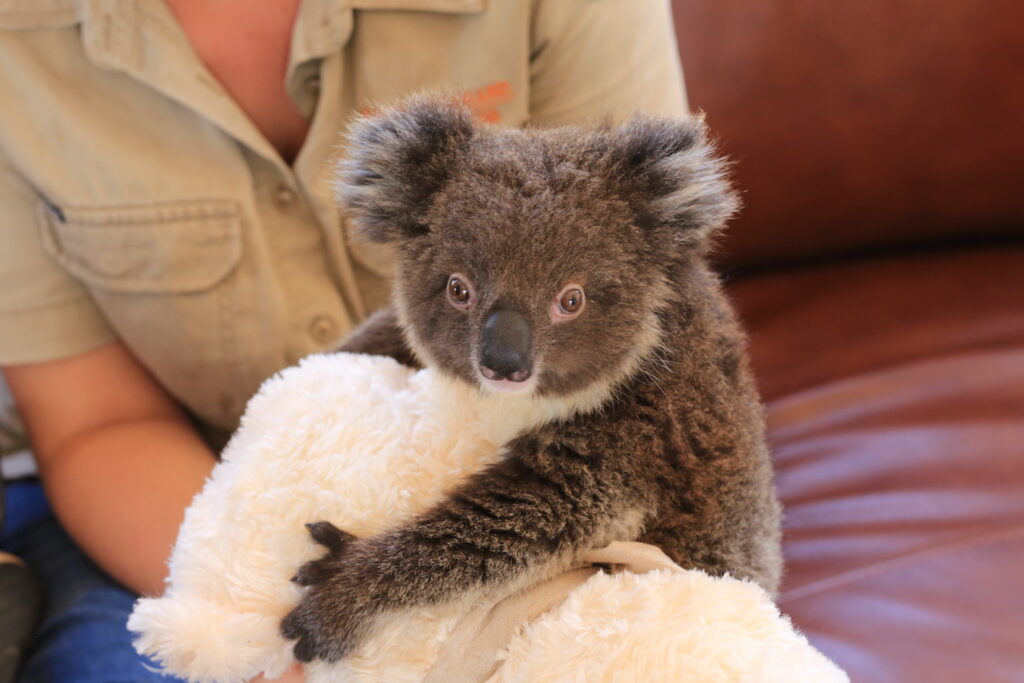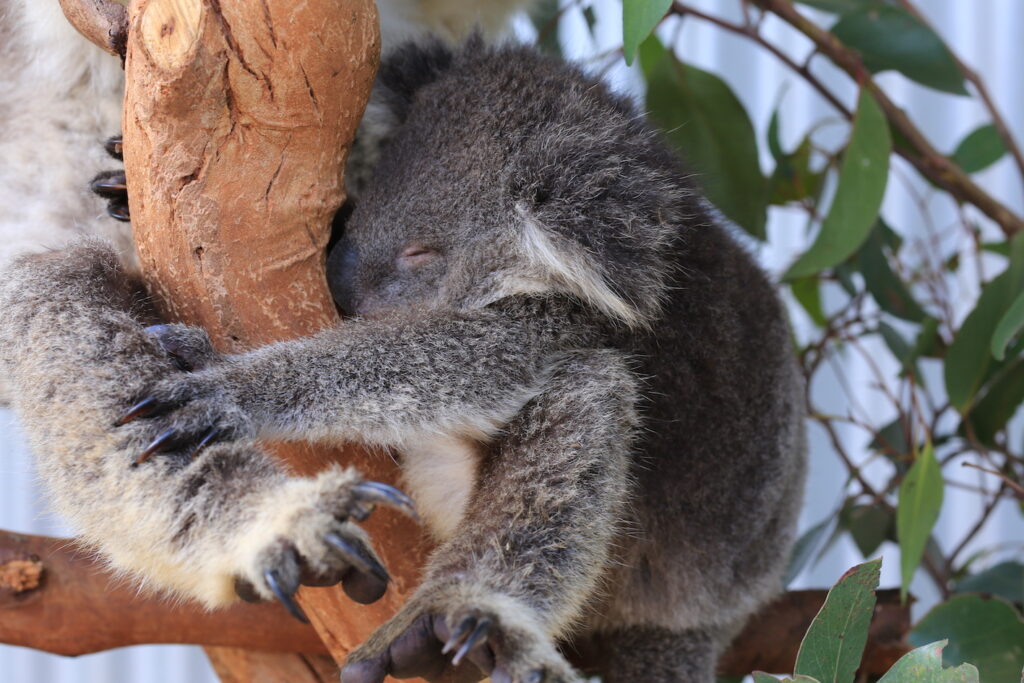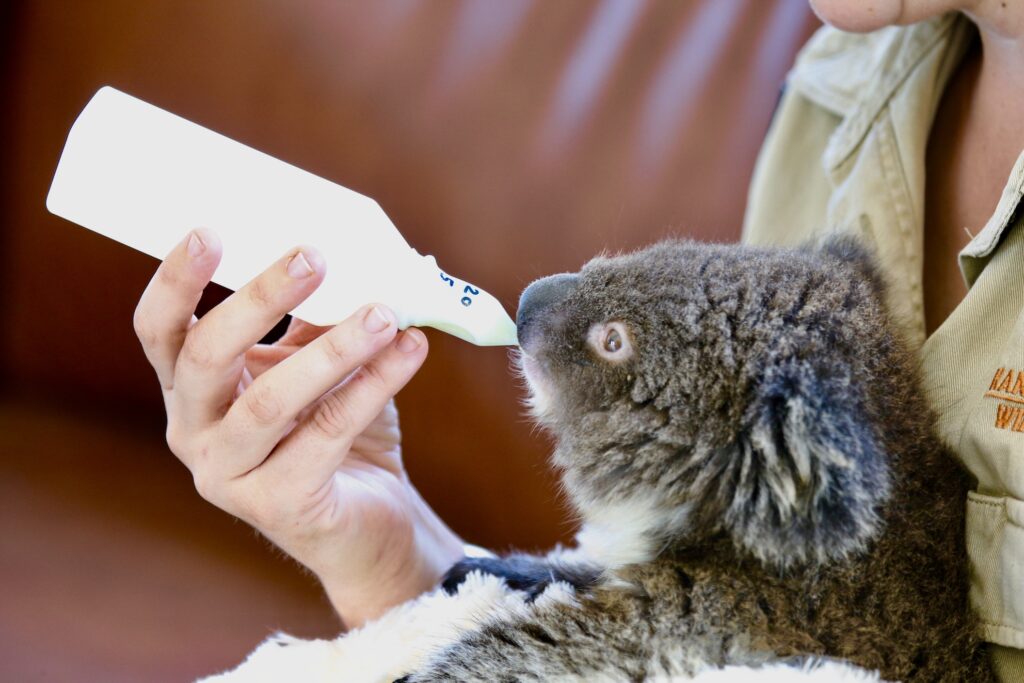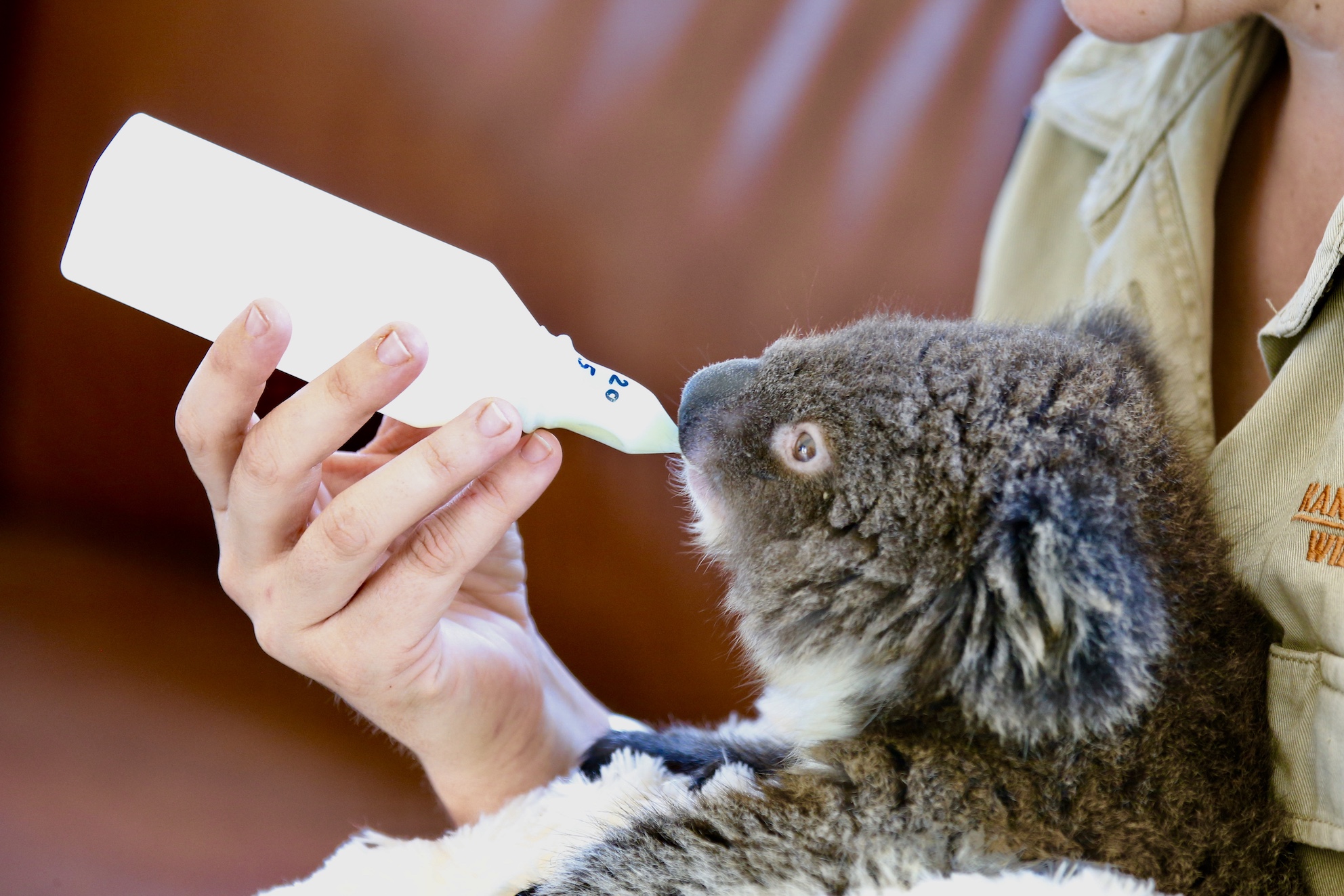
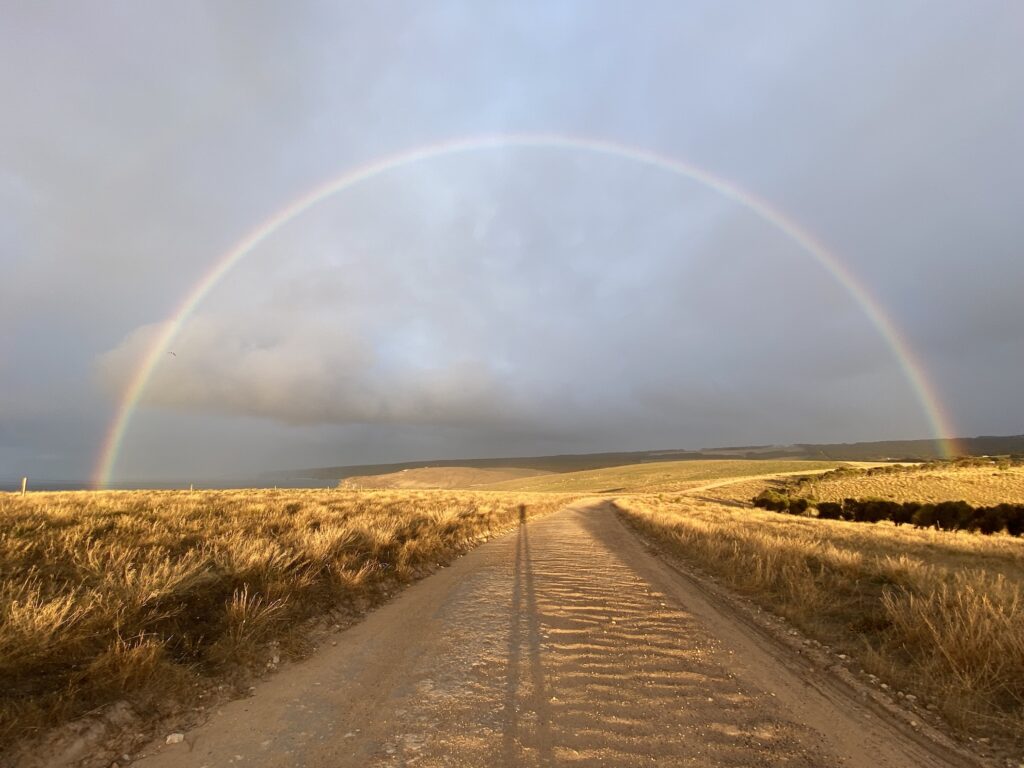
Amidst drizzles, blue skies, and clouds, the first rays of sunlight ignite the bush with a golden glow, while a rainbow slowly forms in the sky. The only witnesses to this spectacle are a few wallabies silhouetted against the hills, with the ocean and a flock of cockatoos in the background. Kangaroo Island lives up to its name, and some even call it the "Australian Galapagos" due to its rich biodiversity.
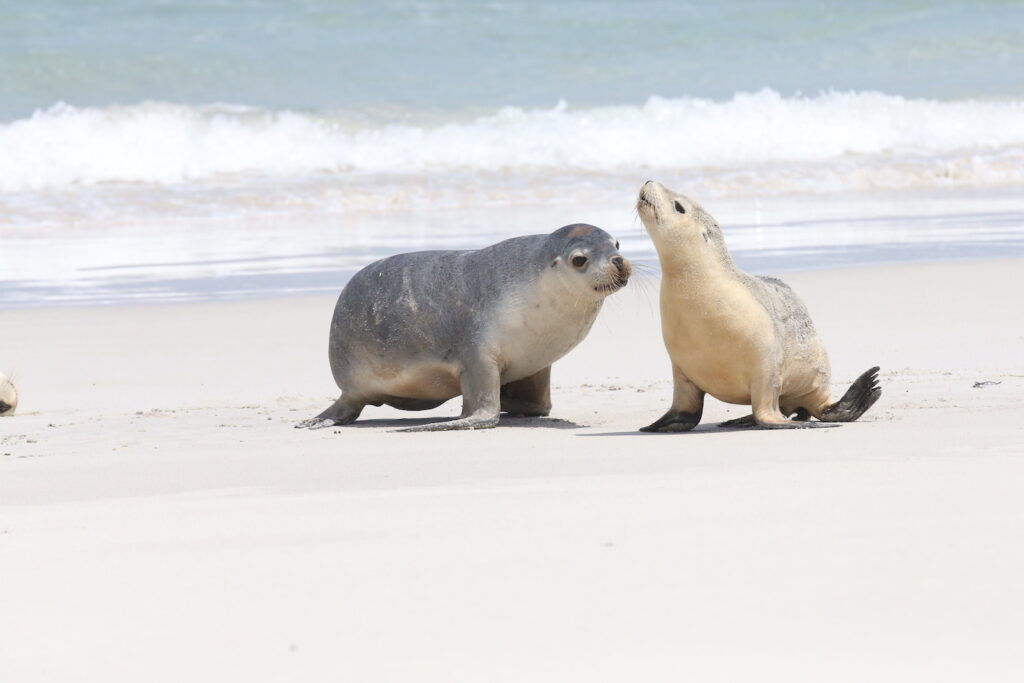
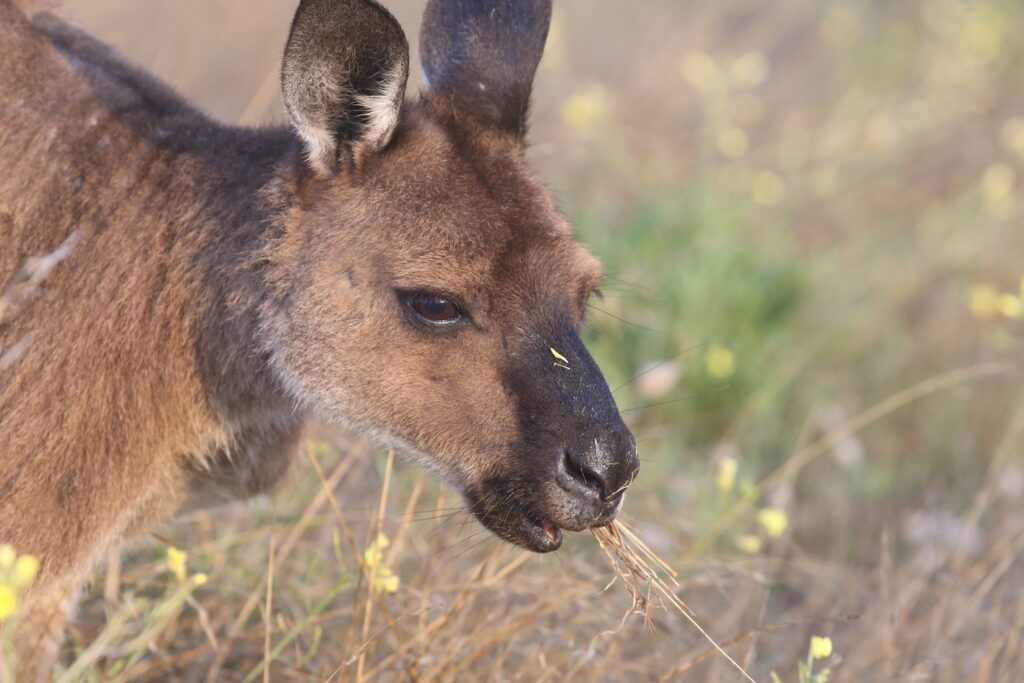
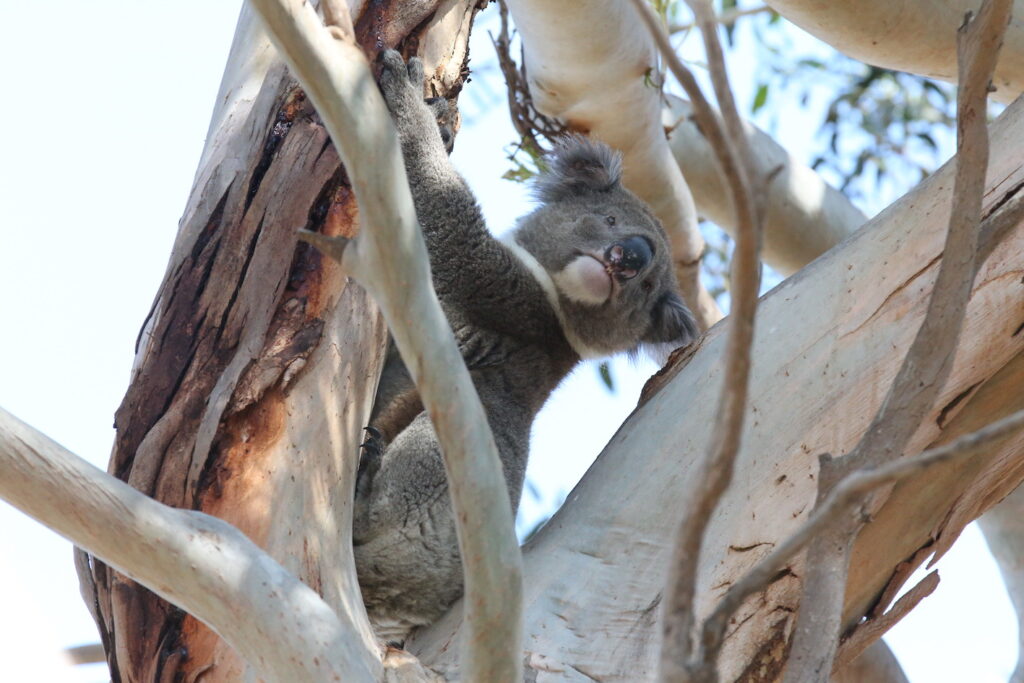
However, the island was shaken in late 2019 during the "Black Summer" when multiple fires broke out across the continent due to unprecedented drought and heat. On December 20th, an unprecedented inferno raged for ten days, burning over 200,000 hectares and claiming the lives of tens of thousands of animals, including approximately 25,000 koalas and thousands of kangaroos. What remained was seemingly only ashes of one of Australia's most famous national parks, the Flinders Chase National Park, located on the western part of the island.
But behind this apocalyptic image, life awaited its revenge in an environment exceptionally adapted to the violence of the elements. For hundreds of thousands of years, nature in Australia has coped with heat, drought, and fires, with some plants like banksias even benefiting from fire to release their seeds from their protective shells and seed the bush. Despite the unusual intensity of the flames, sap quickly resumed flowing in seemingly completely charred parts of trees and plants. With the first rains, new green shoots began to emerge. Three years later, the miracle of life has transformed nature once again. Everywhere, green has reclaimed its dominance, nourishing itself from the ashes to be reborn, although the blackened tops of trees still bear witness to the past catastrophe. Animals that managed to find refuge in unaffected areas gradually reconquered their territories. Kangaroos, wallabies, koalas, emus, echidnas, cockatoos, and other birds, insects, reptiles, and marsupials have brought life back to landscapes that were long frozen after the ecological disaster.
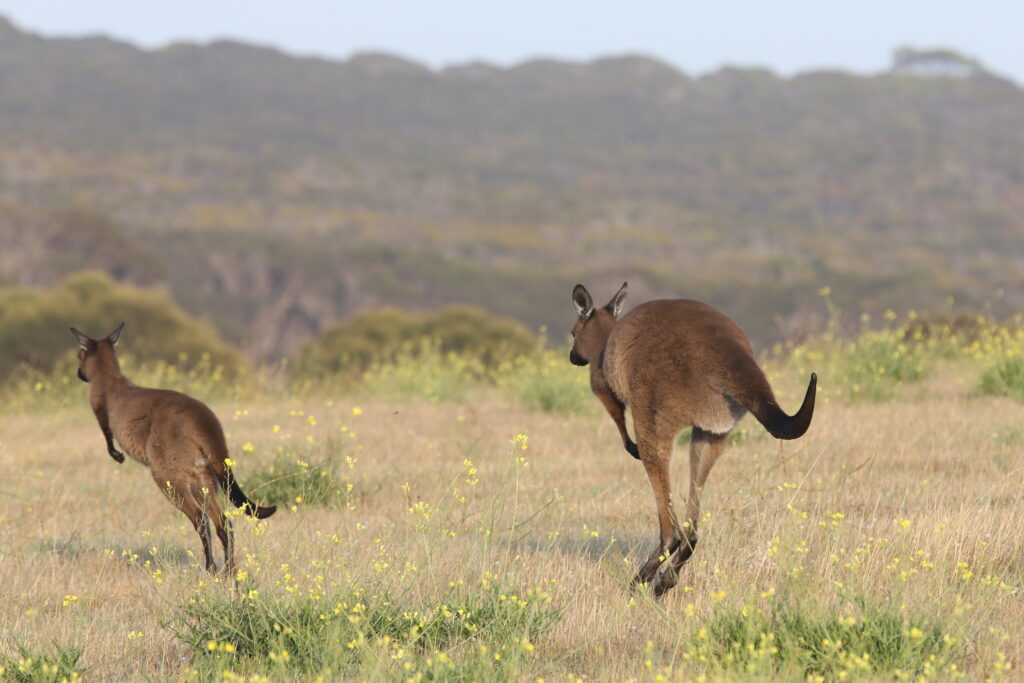
Locals have been actively involved in this rebirth, rescuing burned animals, providing food in vulnerable areas, and creating green corridors to enable the movement of wildlife in a completely disrupted environment. "The wildest part of the island was affected," recalls Jacqueline Wright, who then created a true animal sanctuary through the "Little Stantons Sanctuary" association on her property in the heart of the island. "It was important to give the animals new landmarks, with spaces where they could freely come, find food and water safely before returning to other wild sites." This passionate individual did not hesitate to establish multiple water points and plant specific eucalyptus trees to allow koalas and other marsupials to rest and venture into other unaffected areas of the island. A "Wildlife Rescue Centre" was also established about twenty kilometers away by Sam and Dana Mitchells in their "Wildlife Park," which was also funded by donations, to care for the animals. Over 600 orphaned or hungry koalas, kangaroos, echidnas, monitors, birds, and possums were rescued in three years before being released back into the wild. Gradually, humans and nature have found their past harmony on Kangaroo Island, as evidenced by this sunrise rainbow at Cape Willoughby on the eastern side of the island.
